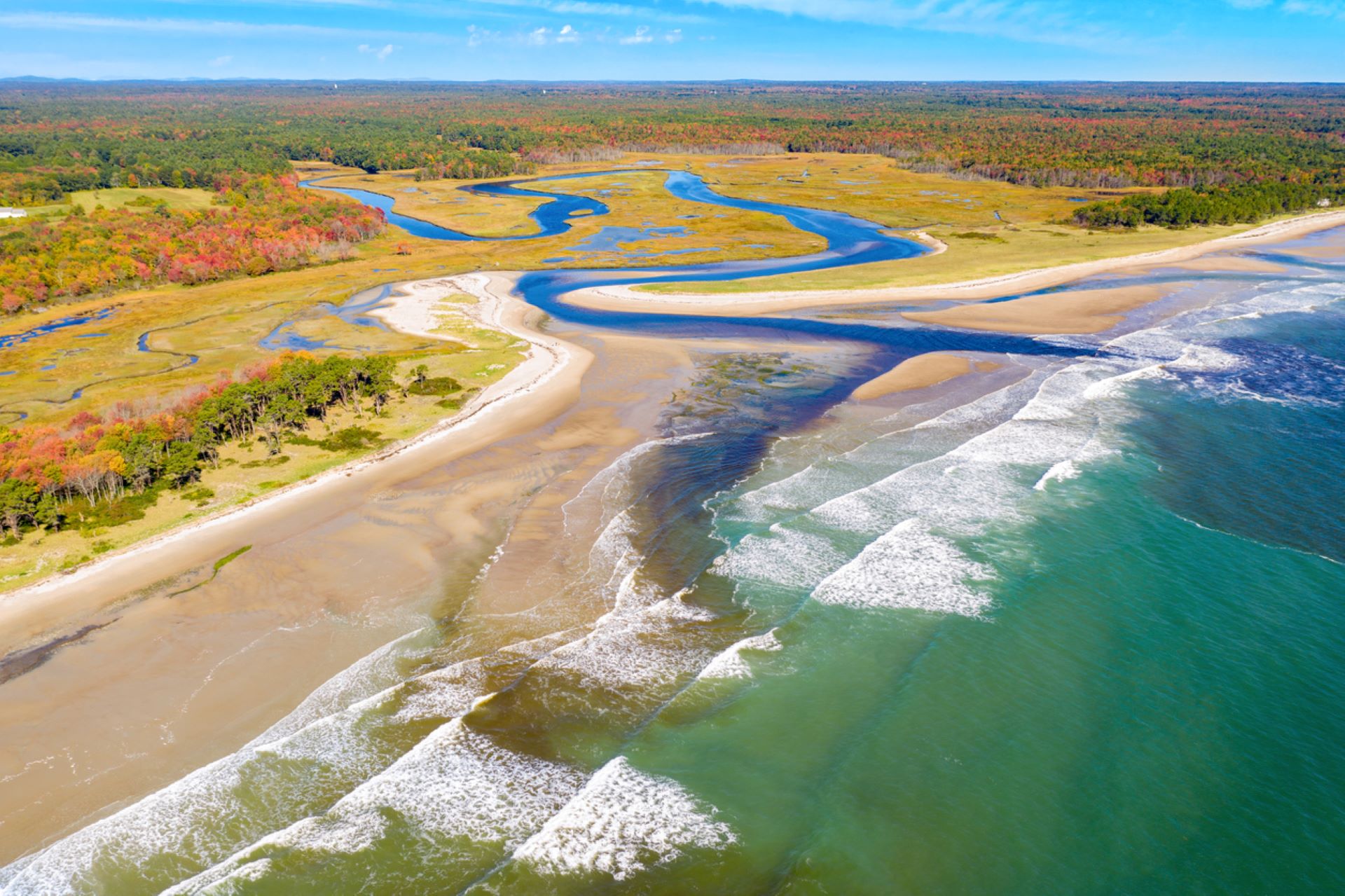Scientists have created an innovative membrane that can generate renewable energy by harnessing the power of salt, according to findings published in the journal ACS Energy Letters.
This breakthrough technology could help us tap into a vast new source of clean power right where rivers meet the sea.
The key is found in estuaries, those beautiful coastal areas where freshwater and saltwater mix. It turns out, the difference in salt concentration between the two water sources can be used to generate electricity — a process called osmotic energy.
Researchers have been working on ways to capture this "blue" energy, and their latest membrane design shows major promise, according to ACS Chemistry for Life. In lab tests, it produced over twice as much power as current commercial options. That's a big step forward in making this renewable energy source more practical and efficient.
So how does it work? The membrane acts like a "salt battery." It has special channels that let electrically charged salt particles flow from the saltwater side to the freshwater side. This creates a pressure difference that generates an electric current.
Meanwhile, the clever design minimizes resistance to help electrons flow more freely, amping up the energy output.
Not only is the new membrane powerful, it's also eco-friendly. The team used sustainable materials like cellulose and conductive polymers to build it. And in a simulated estuary environment, it cranked out clean energy continuously for 16 days. That's great news for reliability and real-world potential.
This salty solution could be a game-changer in expanding our clean energy mix. By tapping into osmotic power, we can generate more carbon-free electricity to run our homes and cities.
That means less reliance on climate-disrupting pollution and a safer, healthier future for our communities.
While the technology is still in development, the researchers say their design shows osmotic power is becoming increasingly feasible. With innovations like this, we're moving closer to the day when we can harness the immense energy of the world's estuaries — no oil rigs or gas pipelines required. Just the natural power of salt and water, working for us and our planet.
The next time you're kayaking or birdwatching in an estuary, take a moment to appreciate this amazing ecosystem. Not only is it beautiful, but it could also be our next great source of clean, renewable energy.
Here's to building a brighter, more sustainable world, one salt gradient at a time.
Join our free newsletter for weekly updates on the coolest innovations improving our lives and saving our planet.









